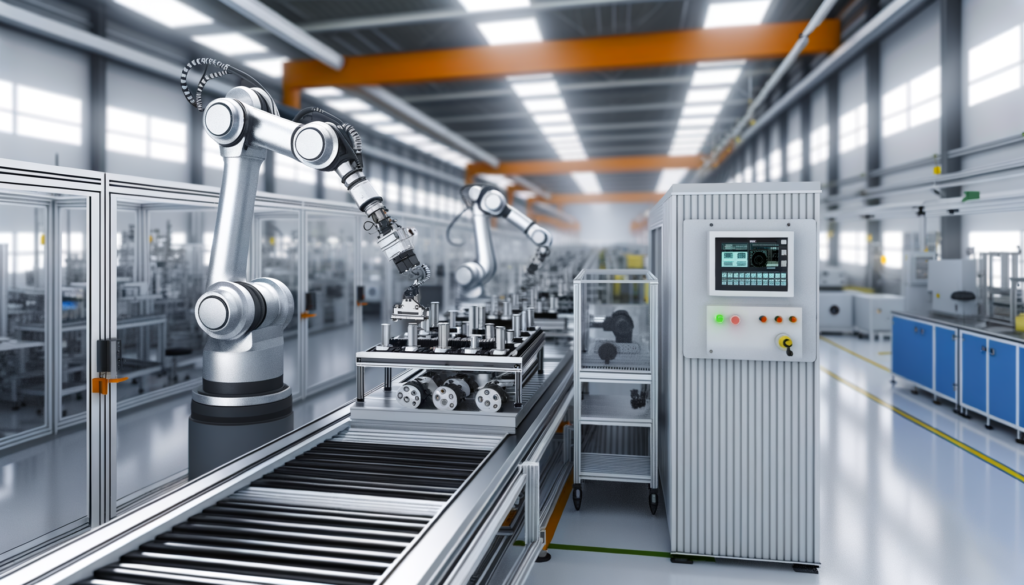The Dawn of a New Economic Era in AI Automation
The landscape of work is undergoing a profound transformation, driven by the relentless advance of artificial intelligence (AI) and automation technologies. Far from being a distant future scenario, this revolution is happening now, reshaping industries, challenging traditional job roles, and creating unprecedented opportunities for innovation and growth.
Based on groundbreaking research by the McKinsey Global Institute, this article explores the multifaceted impact of AI and automation on the global workforce, examining both the immense potential and the significant challenges these technologies present.
The Technological Frontier: AI’s Rapid Progress
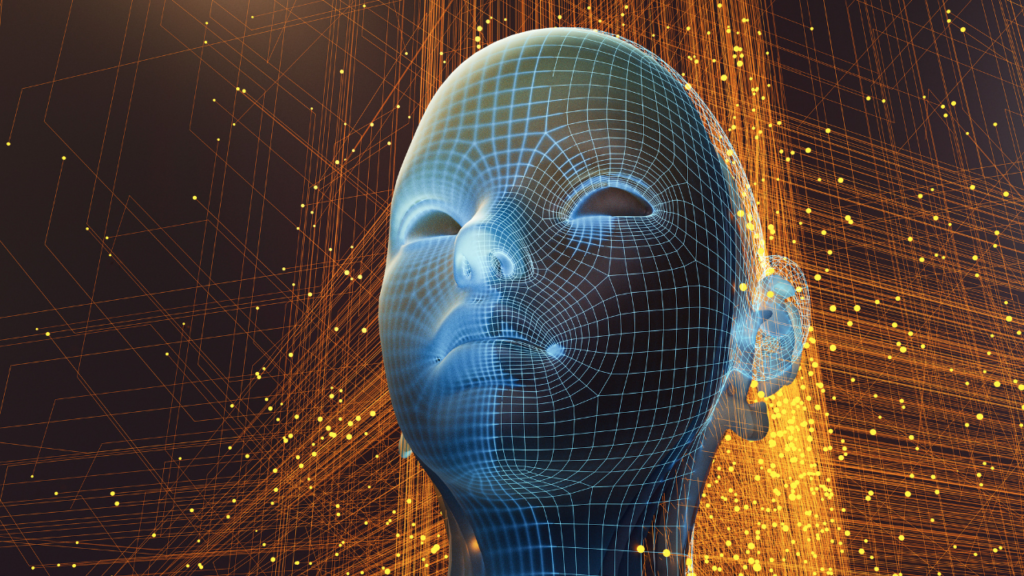
Artificial intelligence and automation are no longer theoretical concepts. They are tangible technologies making remarkable strides across multiple domains. Recent technological advances have pushed the boundaries of what machines can accomplish, with breakthroughs in:
- Computer vision
- Natural language processing
- Complex problem-solving
- Autonomous systems
These developments are not just incremental improvements but represent fundamental shifts in technological capabilities. Machine learning algorithms have become exponentially more sophisticated, leveraging massive computing power and unprecedented volumes of data to deliver solutions that were unimaginable just a decade ago.
AI Automation Economic Implications: Productivity and Growth
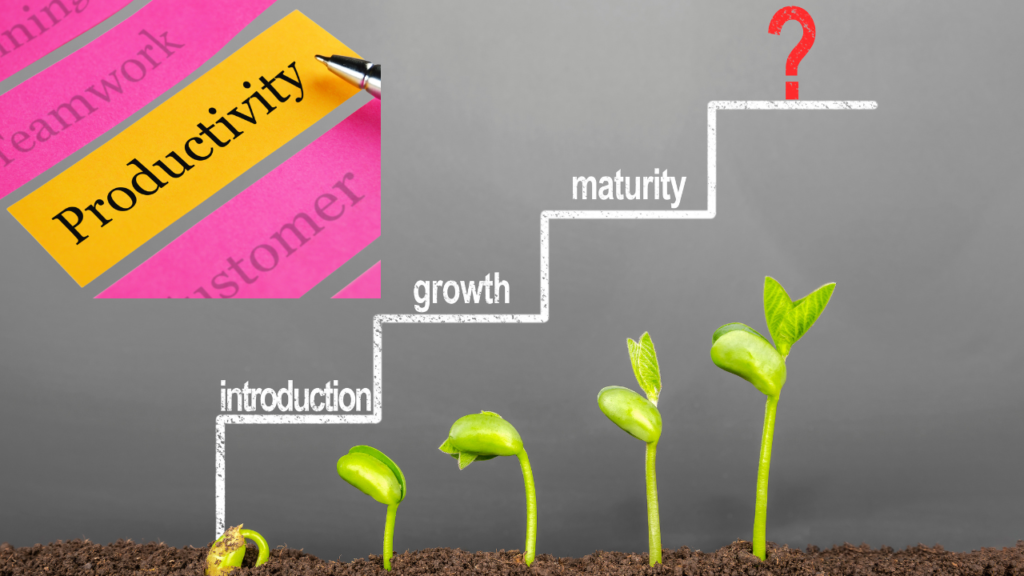
The economic potential of AI and automation is staggering. McKinsey’s analysis suggests these technologies could generate between $3.5 trillion to $5.8 trillion in annual value. This isn’t just about replacing human labor but about dramatically enhancing productivity and economic growth.
Key economic projections include:
- Potential productivity growth up to 2% annually
- 60% of productivity increases driven by digital opportunities
- Potential to counteract challenges posed by aging populations and declining birth rates
The Workforce Transformation: Jobs Lost, Gained, and Changed
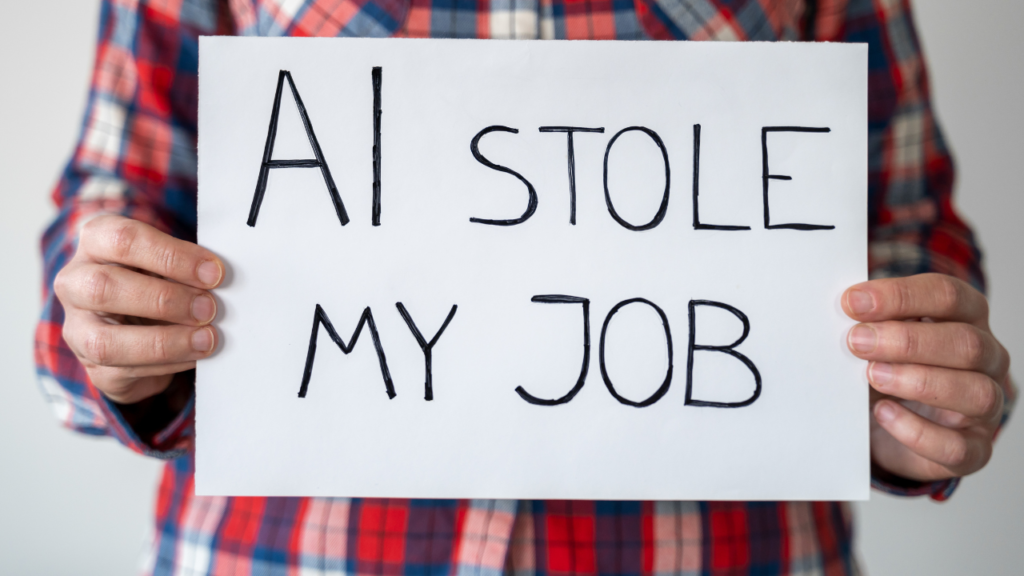
Perhaps the most significant aspect of this technological revolution is its impact on work itself. Contrary to dystopian narratives of mass unemployment, the research suggests a more nuanced picture:
Jobs at Risk
- Approximately 15% of the global workforce (400 million workers) could be displaced by automation between 2016-2030
- In advanced economies like the United States, France, and Japan, up to 20-25% of the workforce might be affected
Jobs Created
- Projected additional labor demand of 21-33% of the global workforce
- Estimated 555-890 million new jobs by 2030
- Significant job creation expected in emerging economies
Jobs Transformed
- Nearly all occupations will be affected by automation
- Only about 5% of occupations could be fully automated
- Approximately 30% of activities in 60% of occupations could be partially automated
Skill Dynamics: The New Workforce Requirements for AI Automation
The skill landscape is dramatically shifting. Successful workers of the future will need:
- Advanced Technological Skills
- Programming
- Digital competencies
- Technical problem-solving
- Cognitive and Soft Skills
- Creativity
- Critical thinking
- Complex information processing
- Emotional intelligence
- Adaptability
- Continuous Learning
- Lifelong skill development
- Ability to reskill and upskill
- Adaptability to technological changes
Workplace Evolution: Humans and Machines Collaborating
The future workplace won’t be about humans versus machines, but humans working alongside machines. Examples include:
- Doctors using AI for more accurate diagnostic scans
- Warehouse workers managing and troubleshooting robotic systems
- Retail employees assisting with automated checkout processes
Addressing Challenges in AI Automation: A Comprehensive Approach
Ten critical areas to address during this transition:
- Ensuring economic and productivity growth
- Fostering business dynamism
- Evolving education systems
- Investing in human capital
- Improving labor market flexibility
- Redesigning work processes
- Rethinking income support mechanisms
- Supporting worker transitions
- Investing in job-creating initiatives
- Ensuring responsible AI development
Potential Risks
While promising, AI and automation pose significant risks:
- Potential wage polarization
- Increased income inequality
- Disruption of traditional employment models
Mitigation strategies include:
- Robust retraining programs
- Flexible social safety nets
- Incentives for businesses to invest in human capital
- Developing adaptive policy frameworks
Conclusion: Embracing Transformation with Optimism
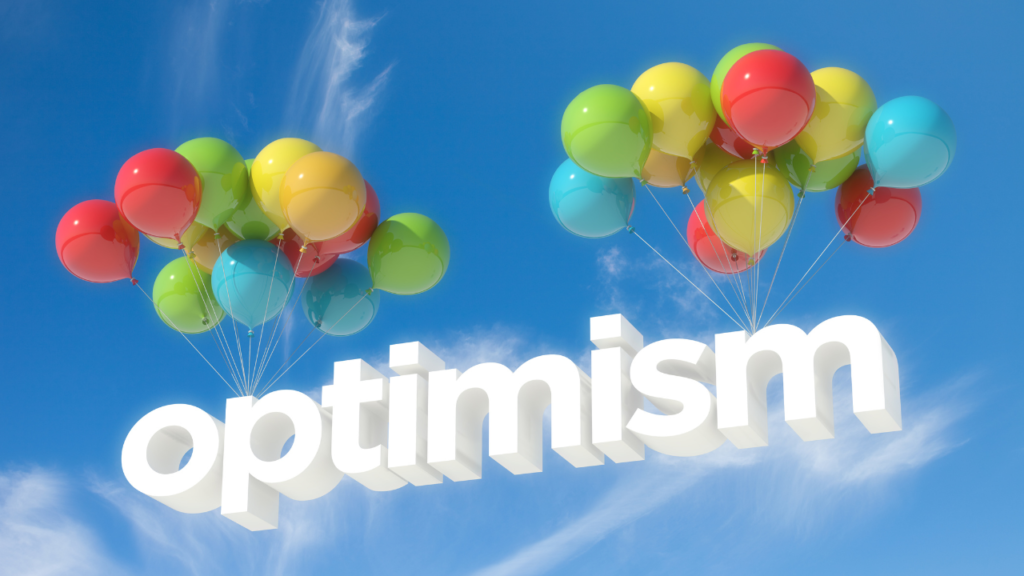
The future of work is not about machines replacing humans but about creating a more productive, innovative, and adaptable global workforce. By proactively addressing challenges and leveraging technological opportunities, we can create an economic environment that benefits businesses, workers, and society.
The key lies in collaboration—between governments, businesses, educational institutions, and individuals—to navigate this complex transition successfully.
There will be work for everyone tomorrow, but that work will look fundamentally different. The most successful individuals and organizations will be those who embrace continuous learning, remain adaptable, and view technological change as an opportunity for growth and innovation.

